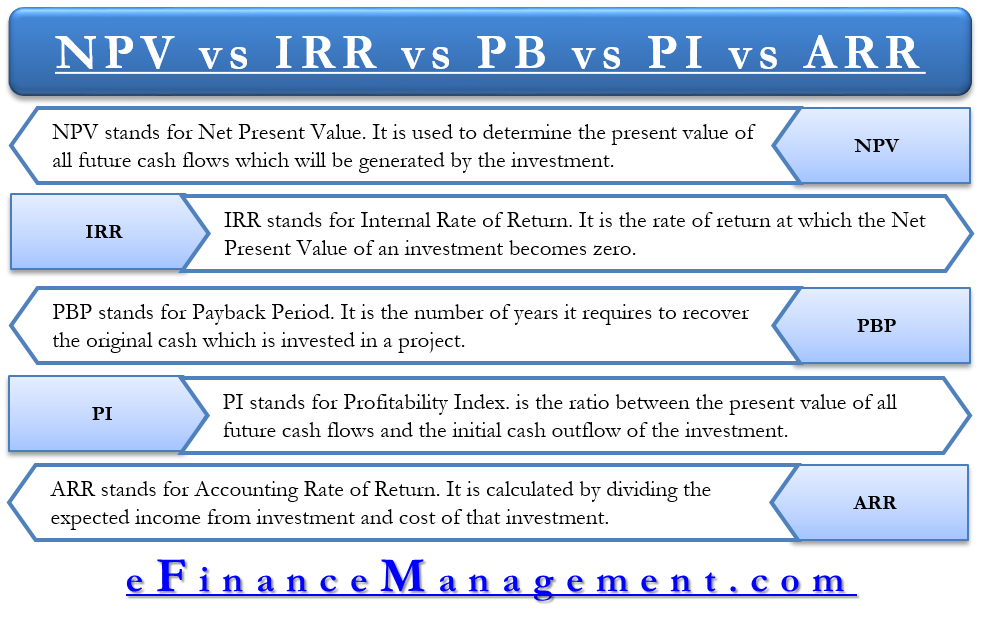
Finance Strategists has an advertising relationship with some of the companies included on this website. We may earn a commission when you click on a link or make a purchase through the links on our site. All of our content is based on objective analysis, and the opinions are our own.
What are the Disadvantages of Accounting Rate of Return?
Annual Recurring Revenue, or ARR, is a crucial metric for businesses running on a Software as a Service (SaaS) model. Simply put, it’s the total revenue a SaaS business can anticipate earning yearly from consistent revenue sources, usually subscriptions or other recurring payments. ARR matters because it offers a peek into a company’s potential growth and revenue stability. It helps forecast future revenue and growth, prepare for the upcoming financial year, and comprehend changes in the customer base – be it growth, reduction, or customer churn. Moreover, ARR often plays a pivotal role in determining a SaaS business’s value, as valuations commonly rely on a multiple of ARR. Accounting rate of return is the estimated accounting profit that the company makes from investment or the assets.
- It’s important to understand these differences for the value one is able to leverage out of ARR into financial analysis and decision-making.
- The annual recurring revenue (ARR) metric is a SaaS or subscription-based company’s total recurring revenue, expressed on an annualized basis.
- They do not contribute to recurring revenue, and their inclusion could lead to errors.
What is the Accounting Rate of Return?
It is a useful tool for evaluating financial performance, as well as personal finance. It also allows managers and investors to calculate the potential profitability of a project or asset. It is a very handy decision-making what are payroll deductions and when do they happen tool due to the fact that it is so easy to use for financial planning. The accounting rate of return (ARR) is a formula that shows the percentage rate of return that is expected on an asset or investment.

How to Calculate Accounting Rate of Return?
Depreciation is a direct cost that reduces the value of an asset or profit of a company. As such, it will reduce the return on an investment or project like any other cost. Consistency in revenue recognition is crucial to avoid misinterpretation of revenue when calculating ARR. This consistency helps differentiate genuinely recurring revenue from a sudden increase, like what can happen with Monthly Recurring Revenue (MRR). If these increases aren’t repeatable, your company won’t achieve steady financial growth year after year.
Understanding ARR and calculating it accurately is vital to your business strategy and growth forecasting. It sets the stage for a detailed analysis of other factors that affect your ARR, such as discounts and churn. The end of year annual recurring revenue (ARR) in this example would be $650,000. For an example of how this works, imagine that we’re calculating the average rate of return for an investment property.
Create a Free Account and Ask Any Financial Question
ARR represents the total yearly subscription revenue a company earns, offering a broad view of the company’s performance. On the other hand, MRR represents the total monthly subscription revenue a company makes, offering insight into the company’s short-term operational efficiency. Both ARR and MRR serve as vital gauges in the subscription business model for revenue measurement.
Since we now have all the necessary inputs for our annual recurring revenue (ARR) roll-forward schedule, we can calculate the new net ARR for both months. Hence, to calculate ARR accurately and ensure a steady revenue stream for your business, you must consider the churn rate. Accounting for discounts and churn is the subsequent task, another field where mistakes frequently occur.
The calculation of ARR requires finding the average profit and average book values over the investment period. Whereas average profit is fairly simple to calculate, there are several ways to calculate the average book value of investment. While ARR doesn’t give you a completely accurate figure, it can provide a basic snapshot of any investment’s potential earnings over time. It’s related to the required rate of return (RRR), but while RRR gives a minimum threshold of profit, ARR is more flexible. Accept the project only if its ARR is equal to or greater than the required accounting rate of return.
It is the percentage of average annual profit over the initial investment cost. This method is very useful for project evaluation and decision making while the fund is limited. The company needs to decide whether or not to make a new investment such as purchasing an asset by comparing its cost and profit. The accounting rate of return (ARR) is a simple formula that allows investors and managers to determine the profitability of an asset or project. Because of its ease of use and determination of profitability, it is a handy tool to compare the profitability of various projects. However, the formula does not consider the cash flows of an investment or project or the overall timeline of return, which determines the entire value of an investment or project.
The decision rule argues that a firm should choose the project with the highest accounting rate of return when given a choice between several projects to invest in. Accounting Rate of Return (ARR) is a formula used to calculate the net income expected from an investment or asset compared to the initial cost of investment. Accounting Rate of Return helps companies see how well a project is going in terms of profitability while taking into account returns on investments over a certain period.
For example, if the minimum required return of a project is 12% and ARR is 9%, a manager will know not to proceed with the project. The formula to compute the ARR multiple divides a SaaS company’s implied valuation by its annual recurring revenue (ARR). The monthly recurring revenue (MRR) and annual recurring revenue (ARR) are two of the most common metrics to measure recurring revenue in the SaaS industry.
